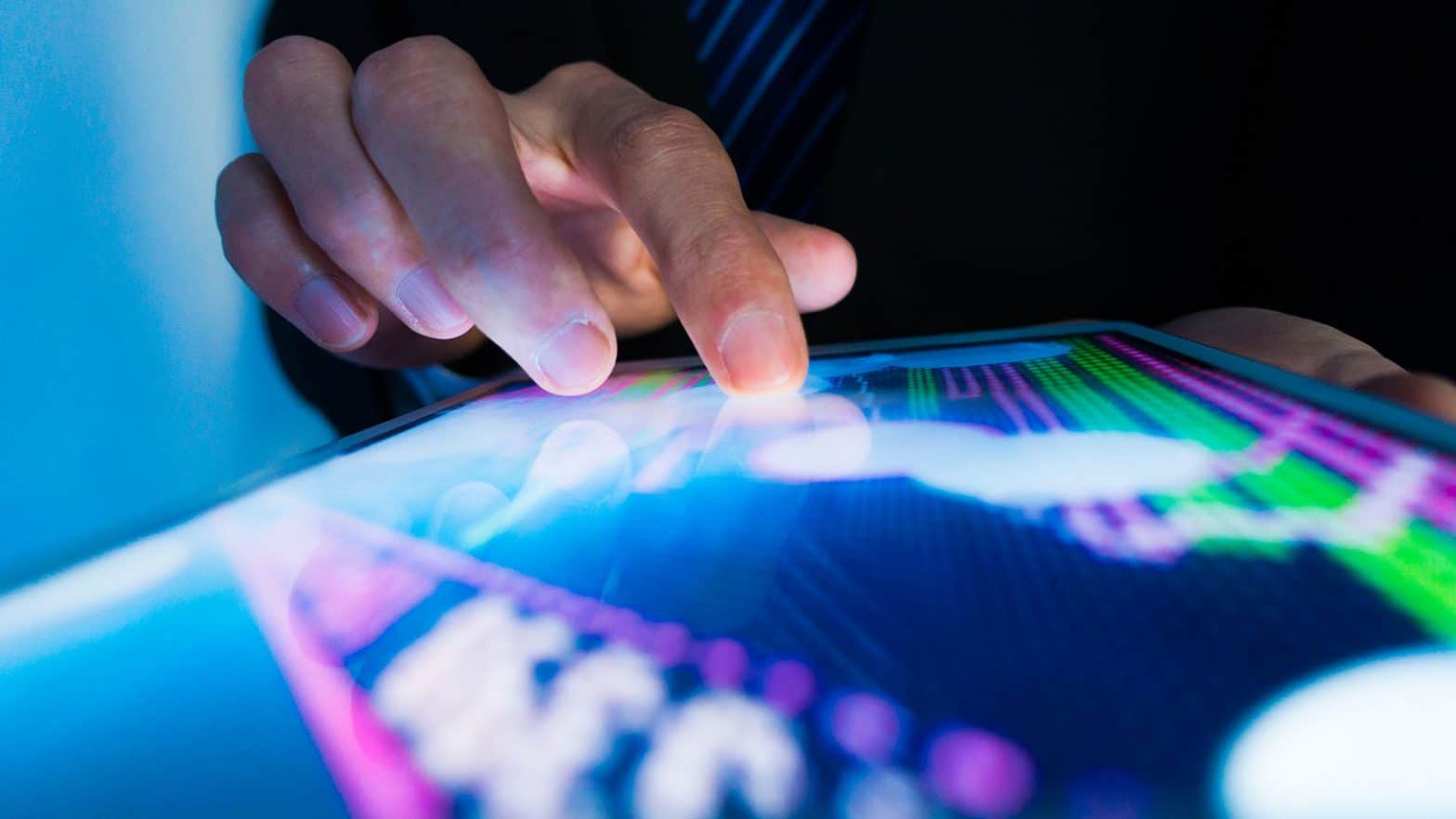
Judge robot? Technology’s role in dispute resolution
With generative artificial intelligence (AI) tools such as ChatGPT developing at a rapid pace, there is debate as to how new technologies will change the ways lawyers work and in particular, the impact they may have on dispute resolution.
Our court system has historically been slow to change, however it accelerated its adoption of technology due to the Covid-19 pandemic by switching to remote hearings. Technology is here to stay; in June 2023 the Master of the Rolls announced the introduction of a ‘digital justice system’ with ‘AI being used at every stage’. In addition, with London being the preferred destination for commercial disputes over rivals such as New York, Singapore and Hong Kong, we need to embrace the digital era. This short article will consider some of the pros and cons of technology in dispute resolution.
Benefits:
Litigation is a stressful, costly and time-consuming process. However using technologies like the examples below can provide a better standard of service for clients by being more efficient, quicker and cost-effective.
Document review
AI can be used to review large numbers of documents to identify certain clauses or summarise key information (as used by a Court of Appeal judge). It could also be used to de-duplicate documents. Optical character recognition (OCR) can be used in tandem to recognise text and convert it into documents.
Disclosure
Technology can be used to host online databases to store and organise documents. This also allows parties to send or share documents quickly and efficiently.
Bundles
Electronic court bundles are now in routine use in the High Court, reducing the need for paper bundles which often consist of hundreds of pages of paper waste. Bundles can also be re-arranged easier and paginated and hyperlinked automatically.
Document automation
This can be used to bulk draft numerous documents. This can free up fee earners’ time so that they can focus on higher-level work, such as settlement negotiations.
Limitations:
Witness statements
Must be in the ‘own words’ of the witness. Therefore generative AI tools such as ChatGPT cannot be used as the outputs are not their ‘own words’. Furthermore, the information comes from data produced by humans, posing a great risk of bias and error.
Empathy
Judges add a human approach to litigation; AI cannot empathise and does not have human values which would not work for personal decisions such as the welfare of children.
Error
A lawyer in New York recently used ChatGPT to prepare submissions for a personal injury case which turned out to be fabricated cases. This adds an even greater risk to litigants in person, who may use free tools such as ChatGPT for quick and free legal research.
Regulation
As tools such as generative AI are new, they are not yet regulated. However, the EU’s AI Act is set to be the world’s first regulation of AI and so this might soon change.
What’s next?
Technology is evolving rapidly, and with the increase of technology used in daily life, the number of technology related disputes will inevitably increase. This could involve disputes involving smart contracts, cryptocurrencies, data protection, eSports or digital assets.
For legal practice, technology can be used to streamline and save costs at all stages in dispute resolution. Doing so will keep London’s ‘crown’ as the top destination for commercial disputes. For now, AI may be used for simple decisions to help with court backlogs, however we are still many years away from ‘trial by robot’!
How we can help
If you would like help with a dispute, please contact our team of human commercial disputes lawyers, who can provide empathetic advice tailored to your particular situation and objectives…
Talk to us about
Related services







